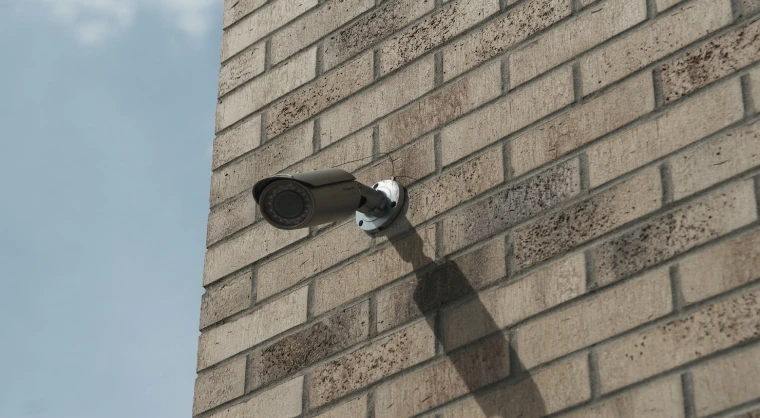Since we’re still battling the pandemic, the most travel we could get today is a city tour. We can either visit other states or explore our own neighborhoods. Considering that our lives pre-pandemic mostly consisted of work and sleep, we most likely didn’t get the chance to appreciate our hometowns.
If you’re running an errand, take that as your chance to see more of your neighborhood. Try traveling by foot instead of bringing your car. Walking doesn’t just give you exercise but allows you to be attuned with nature as well. It might still be a long time before we can enjoy hikes and beach trips like before, so for now, make do with your city.
However, walking around the city, be it for leisure or errands, comes with a few safety risks. We don’t often think about this, because we’re more focused on reaching our step number goals or completing a task. But this focus is exactly what puts us at risk. When you walk around the city, follow the same rule you always do when driving: keep your eyes on the road.
With your focus somewhere else, these are the risks you subject yourself into:
1. Getting Pick-pocketed
In 2019, pick-pocketing was found to be on the rise in multiple U.S. cities. The cities with the highest number of reported cases were San Francisco, Chicago, and Indianapolis.
But pick-pockets can be everywhere, not just in busy cities like those mentioned. Their classic tactic is to “sandwich” their target, which is to surround them in cramped spaces like an escalator. A “stall” would be positioned in front, blocking the other civilian’s view of the crime.
When the stall abruptly stops walking, the target would bump into them. At the same time, the pick-pocket slips the target’s wallet off their purses or pockets. They will then pass it to another accomplice.
Pick-pocketing declined for a time when civilians started carrying less cash in favor of credit or debit cards. But debit cards aren’t as secure as credit cards. They can still yield profit for a thief who has planned ahead. They would often “shoulder surf”, meaning to peek over a target’s shoulder as they use the ATM. This is how they’d find out the card’s PIN and use it for unauthorized withdrawals. If shoulder-surfing isn’t an option, the thief would use binoculars.
If you’re walking for an errand, you might be an appealing target for pick-pockets. Walking with purpose makes it obvious that you intend to buy something. So stay aware of your surroundings, and stay in crowded, but not packed, areas. Keep your cash or card and smartphone where a pick-pocket won’t think to slip their hands on.
2. Getting Hit by a Car
In 2017, around 137,000 pedestrians were taken to the emergency room for non-fatal crash-related injuries. Nearly 6,000 were killed, which was about one death every 88 minutes.
The Centers for Disease Control and Prevention (CDC) found that drunk drivers and/or pedestrians are the most at risk for pedestrian crashes. A blood alcohol concentration of at least 17% has the highest likelihood of a fatal accident. Older adults (aged 65 and above) and children below 15 years old are the second-most at risk.

Pedestrians should watch out for trucks as well. In 2019, 118,000 large trucks were involved in crashes resulting in non-fatal injuries. Fatal ones involved 5,005 large trucks. If you got hit by a truck, you can make the trucker liable for your injuries. An experienced truck accident lawyer can help you. But if a drunk driver of a private car has hit you, they themselves are liable. A personal injury lawyer can help you in that case.
Still, no amount of compensation can take away the trauma of being almost killed in a pedestrian crash. So always check both sides of the traffic before crossing the road. Avoid using your phone while crossing. Follow traffic rules, and you will stay unhurt.
3. Walking into Unsafe Areas
A study has found that people walking to work or for an errand are more likely to walk in unsafe areas than those taking leisurely walks. Indeed, if you’re walking for leisure, you’d want to take your time and see beautiful views. As such, you’d avoid concealed alleys and untidy streets. On the other hand, running an errand or walking to work urges you to take the shortest routes. This could land you in shady areas where crime or pedestrian crash risks are high.
Avoid putting your safety at risk by planning your route ahead. Follow your instincts as well. If you feel that a particular area is unsafe, avoid it and find another path.
Hospitals are still full of COVID-19 patients, so don’t add to the healthcare workers’ burden by disregarding your safety. Take note of these risks and walk around the city with sharp senses.





